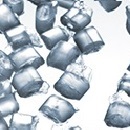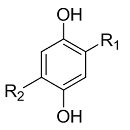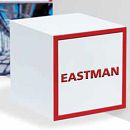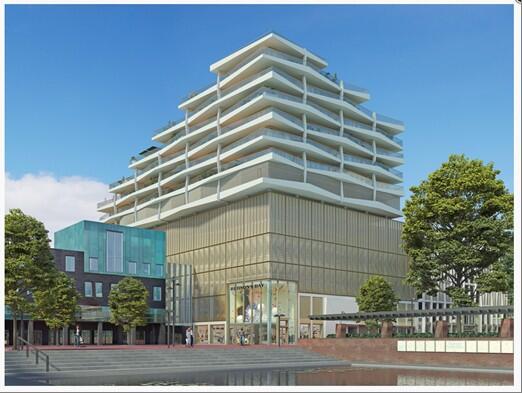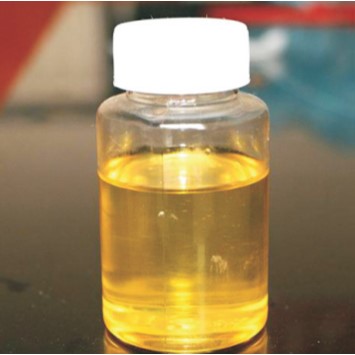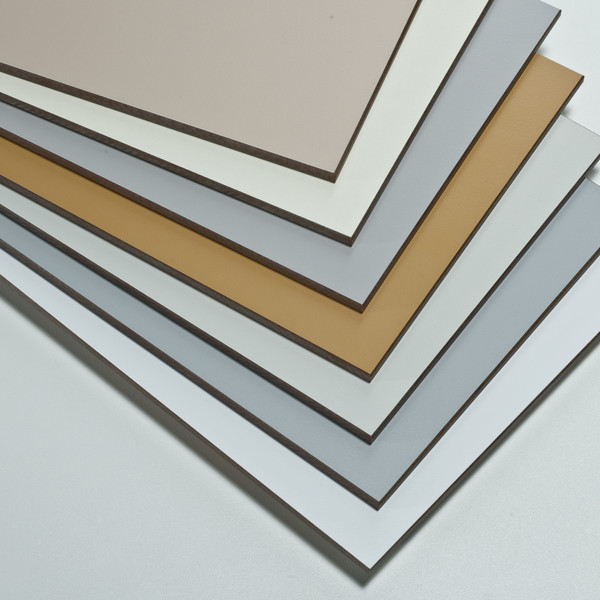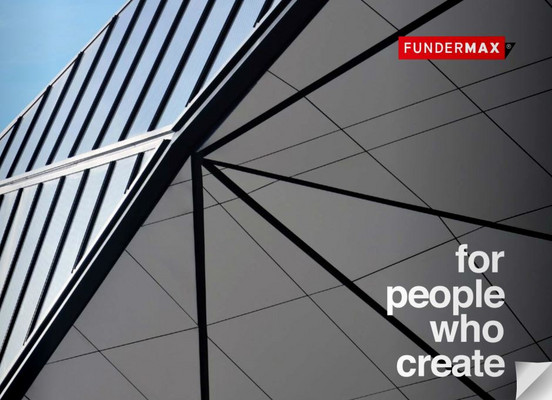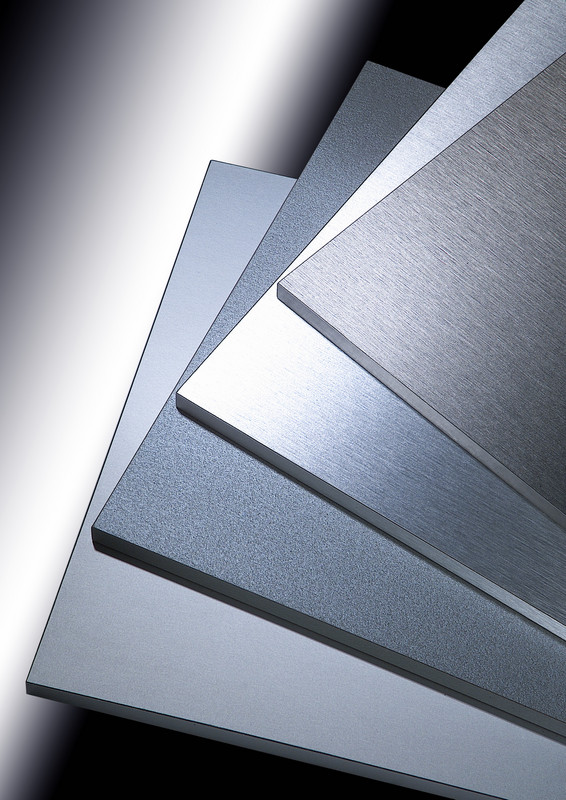- Home
- Building Materials
- External walls
- Coil - Over 40 Years of Material Expertise: Global Iconic Architecture
Coil - Over 40 Years of Material Expertise: Global Iconic Architecture
Industry Categories
Functional
Product tags
Latest Products
Your most trustworthy partner
- Home
- Building Materials
- External walls
- Coil - Over 40 Years of Material Expertise: Global Iconic Architecture
Last updated:
Why Choose Coil Anodizing?
Unique flexibility to shape the product
Wide range of capacity sizes
Highest quality standards globally: guarantees minimum anodic layer thickness
Full sealing guarantee - the best on the market
Over 40 years of material experience: iconic global constructions (such as the Louvre Museum extension in France, Dalian International Conference Center, etc.)
Supplier of raw materials to Rimowa, covering aviation, construction, and medical industries
Why Anodized Aluminum is Needed?
Real metallic appearance and texture that combines texture with color, creating the shape of the surface structure during changing daylight and lighting conditions.
All-weather durability across seasons, no dust, no fading, and no filiform corrosion: the anodic layer is UV-resistant and colorfast.
100% recyclable, environmentally friendly, genuine quality assurance, and fingerprint resistant
Real metallic appearance and texture that combines texture with color, creating the shape of the surface structure during changing daylight and lighting conditions.
All-weather durability across seasons, no dust, no fading, and no filiform corrosion: the anodic layer is UV-resistant and colorfast.
100% recyclable, environmentally friendly, genuine quality assurance, and fingerprint resistant.
Coil's continuous anodizing surpasses traditional anodizing.
Numerous colors and uniform gloss.
Flexible anodic layer thickness; necessary post-treatment
Lifetime warranty (with warranty certificates of varying durations)
Excellent results in weight reduction testing
No loss of anodic layer thickness over time
Coil Sheet Anodizing is Superior to Traditional Sheet Anodizing
Outstanding uniformity.
Consistent bath concentration.
Fully automated batch production lines.
Flexible anodic layer thickness; as required for post-treatment.
Combines the advantages of continuous and sheet anodizing.
Excellent results in weight reduction testing.
No loss of anodic layer thickness over time.
顏色均勻性
顏色均勻性由以下決定:
-金屬基材
-著色過程
關於保證的協議,特別是在顏色的情況下要注意
最小-最大顏色:每個項目要商定和確認
由ΔE定義的顏色範圍
顏色表中顯示的顏色可能與實際產品略有不同。確認顏色與顏色樣本。
生產批次之間的顏色可能略有不同。為了確保顏色的一致性,我們建議將總需求放在一個訂單中。
如果您在一個項目中使用來自不同生產批次的相同顏色的材料,請提前諮詢。
Delta E Color Uniformity
Combination |
Performance |
| Coil Treatment + AQ Metal | Natural :Delta E <= 3,5 Color:Delta E <= 7 |
| Coil Treatment + Certified AQ Metal | Natural:delta E <= 2 Color:delta E <= 6 |
| Coil Treatment + Certified AQ Metal + QSCA | Natural:Delta E <= 1 Color:Delta E <= 5 |
Maximum - Minimum Sample
Samples produced on a laboratory scale: representing the largest to the smallest range possible (specified)
Based on sheet anodizing in production: 1 batch = 1 production run, 1 specification, and 1 width
Production line practice: Color adjustments towards agreed minimum to maximum stable production runs
Delta E in one batch throughout the project
Supplementary measurements, recording (test reports), and certification.
COIL is ISO 9001 certified (ISO 9001 ≠ QSCA ISO 9001) as a general quality management system. QSCA is used for continuous anodizing.
QSCA sets the highest standard for the quality of continuous anodizing.
Unique attributes of QSCA: Same series AQ metal, extremely high gloss uniformity: Gloss variation <8 GU.
Extreme color uniformity: Delta E color variation <1 indicates natural, Delta E <5 indicates color variation.
Best sealing in the market: Weight loss <15 mg/dm².
Lifetime warranty: Full production reports and analysis provided with compliance certificates.
Perfect surface consistency for large landmark projects, meeting the strictest requirements of architects and designers.
Traditional sheet anodizing: Hard and brittle layer – no post-treatment possible.
Aloxide = Next-generation sheet anodizing.
Continuous anodizing
Flexible layer -> can be post-processed, such as bending
Building inspection reports
Coating finishes are one of the most critical visual elements in construction.
The choice of finish has a decisive impact on the building's lifespan.
Independent engineering studies on various buildings with lifespans exceeding 30 years.
Research findings:
No signs of erosion of the anodic layer.
Anodic layer thickness remains unchanged from initial values.
No deterioration due to adhesion, delamination, frosting, peeling, bubbling, cracking, etc.
No impact on surface fading.
Exclusive supplier of metal: Suppliers must be certified.
Metal needs AQ grade.
Consistent quality across different casting batches, varying specifications, and widths.
Strict tolerances on chemical composition => Color uniformity.
Traceability
Metal processing techniques are crucial.
Anodizing treatment using constant and monitored process parameters.
Metal structure remains visible => Arrange installation direction respecting the rolling direction.
Use protective films with lines and arrows.
Panel colors may vary between different production batches. It is essential that panels installed on the same facade come from the same production batch.
Carbon intensity of European primary aluminum production: Decreased by 21% compared to 2010 and decreased by 55% compared to 1990.
European aluminum emits about 7 kg of CO2 equivalent per kilogram,
compared to the global average of 18 kg per kilogram.
Carbon intensity of semi-finished processes in Europe: Aluminum rolling processes have decreased by 25% since 2010.
Carbon intensity of output processes has decreased by 11%.
Carbon intensity of process waste recovery (remelting)
in Europe has decreased by 9% since 2010.
Temperature Resistance
Temperature <80°C: Pre-anodized aluminum is not affected.
80°C < Temperature <180°C: More pronounced cracking – but minimal impact on visual appearance.
Some corrosion resistance is reduced.
Temperature >180°C:
Cracking, reduced corrosion resistance, potentially leading to severe damage
Note: Temperature should not be the only consideration; time will be a contributing factor.
Border Effect
The border or edge of the anodized layer has a thickness greater than that in the middle (extremely up to 150%).
In the middle of the anodized layer, the nominal layer thickness refers to the front and middle of the coil.
Verso: The anodized layer thickness is 1/3 to ½ of the front anodized layer but is not guaranteed.
Provide double-sided specifications upon request.
Double-sided anodization:
Only applicable for natural anodization and can be provided upon request.
Guarantees specialized processing on the top (front) and bottom (reverse) sides.
Possible standard combinations:
Anodized layer |
Width |
Thickness |
2 µm / 2 µm |
1000-1200mm |
0.3mm-1mm |
6 µm / 3 µm |
1000-1600mm |
0.5mm-2mm |
5 µm / 5 µm |
800-1600mm |
0.6mm-2mm |
12 µm / 6 µm |
1000-1600mm |
1mm-3.5mm |
Customizable Different Anodized Layer Thicknesses
Sealing Phase - Dye Spot Test - According to ISO 2143
Information on the sealing quality is obtained by testing the resistance of the anodized layer. soscope - Complies with EN ISO 2360
Dye Absorption: A drop of specified acid solution is kept on the test surface horizontally for 1 minute, then rinsed and dried.
Surface Attack: Continuously, at the same point, after allowing a drop of specific dye for 1 minute, clean the surface with a slight abrasive and gently wipe it. Inspect the test area for stain intensity. The absorption intensity will be compared with the standards.
Inspect the test area for stain intensity. The absorption intensity will be compared with the standards.
Loss of absorption capacity is classified numerically: Excellent sealing quality = total loss of absorption capacity
Poor sealing quality = loss of no absorption capacity
Calculate the mass loss and express it as the difference in weight (unit: mg/dm2)
Anodized Layer Measurement
Measurement equipment: Isoscope - Complies with EN ISO 2360
Neutral Salt Spray Test: Compliant with ISO 9227
Evaluates corrosion resistance in a NaCl environment, simulating marine atmospheric conditions
Samples with an anodic layer thickness of 10 - 15μm are tested for 1000 hours
By immersing the samples in a nitric acid solution
Kesternich Test - SO2 atmosphere Compliant with ISO 6988
Assessment of Sulfur Dioxide Corrosion Resistance
Environment - Represents industrial environmental cyclic wetting and drying tests.
1 Cycle:
Exposure to SO2 atmosphere for 8 hours (100% RH, 40°C)
Exposure to ambient atmosphere for 16 hours (Relative humidity 70%, temperature 23°C)
42 cycles (+/- 1000 hours) of testing
Evaluation according to ISO 10289:
Assessment of the ability to protect the base material from corrosion.
Assessment of the ability to maintain the integrity of the protective layer.
Results:
Fewer than 20 cycles - Most samples showed no signs of pitting corrosion.
Good corrosion protection (with an anodic layer thickness of 15μm or more).
Florida Exposure Testing
For 75 years, the Miami area in the southern part of Florida has been the benchmark for outdoor material durability testing.
The combination of high levels of ultraviolet radiation, humidity, and temperature provides a subtropical environment widely used for outdoor exposure testing.
Standard Continuous Anodized Aluminum - Traditional Batches
Anodized Aluminum - Precoated Aluminum
Testing Period: April 19, 2007, to April 25, 2017
Testing Type: Inland weathering
Testing Location: Miami, Florida (Latitude 26° North)
Exposure Type: Tilted at a 45° angle facing south horizontally.
Conclusion
Anodized aluminum: Maintains gloss, colorfastness, and no powdering.
(1) Weather Resistance
Assessing the resistance of anodized aluminum to humid environments
Atmospheric conditions at high temperatures → Tropical testing
Tropical testing – DIN 50017:
Samples in a climate chamber (100% relative humidity and 40°C) are evaluated for corrosion marks and appearance changes after 200h and 450h: Excellent protection
Corrosion initiated on cross-etching but does not propagate beyond.
(2) Packaging
Metal quality and handling are crucial. High-quality products need protection during this phase.
(3) Transportation
Different types of transportation require different forms of protection: road transport, maritime shipping, air transport.

